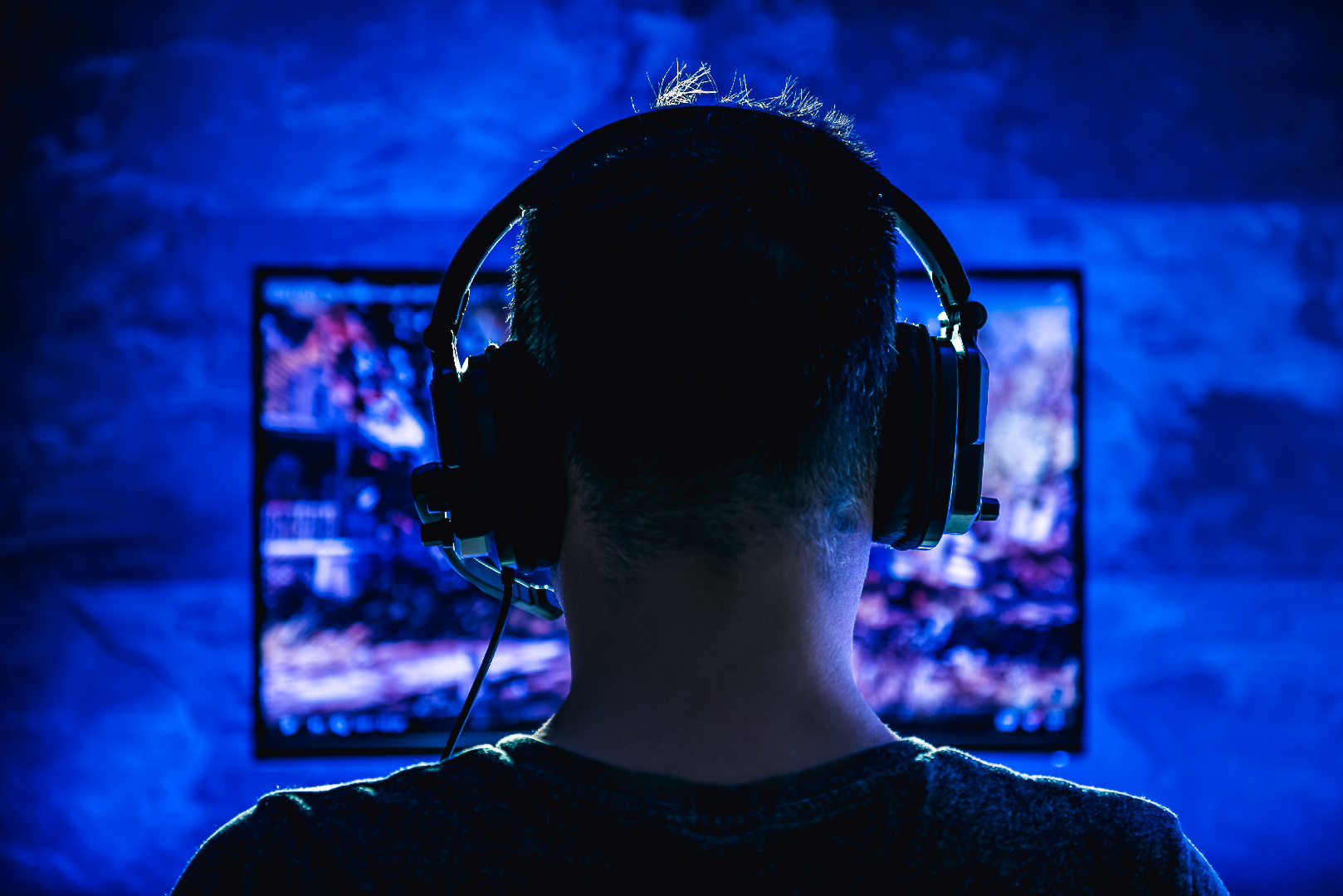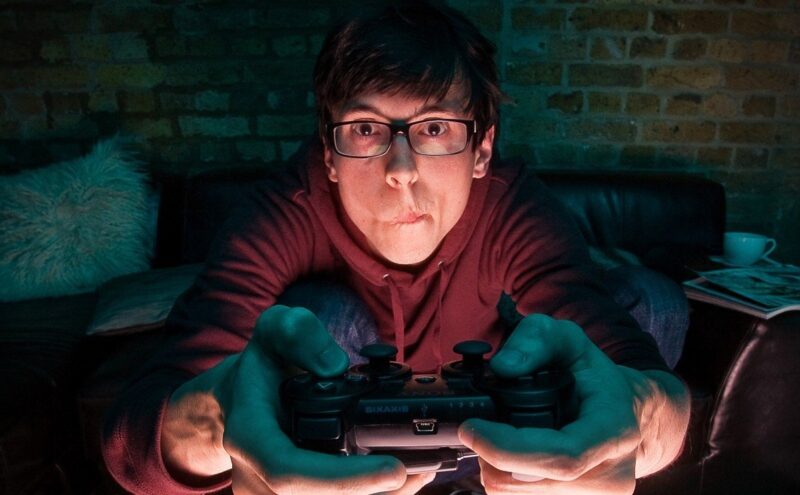Every gamer craves a perfect balance: stunning, lifelike graphics that don’t make their computer or console wheeze. While the ideal setup varies across different systems and games, understanding your graphics settings can help you achieve a visually pleasing experience without sacrificing performance. Here’s a straightforward guide to tuning your graphics like a pro:
1. Resolution:
The higher the resolution, the sharper the image. However, higher resolution requires more power. Start with the highest resolution your monitor can handle, then adjust other settings for performance. If you need more FPS (Frames Per Second), consider lowering the resolution.
2. Anti-Aliasing:
This setting reduces “jagged” edges but can be a drain on resources. There are several types of anti-aliasing (like MSAA, FXAA, and more), each with its own balance of performance cost and visual improvement. Try the different types and decide which one you prefer, or turn it off to improve performance.
3. Texture Quality:
Higher texture quality makes the game’s materials look more detailed and realistic, but it demands more from your graphics card (especially VRAM). Start high, and if you notice performance issues, scale back.
4. Shadows and Lighting:
Settings related to shadows, light rays, and reflections can drastically affect how a game looks. However, they can also be taxing on performance. Consider lowering these settings if you’re experiencing slowdowns, as the visual trade-off might be worth the performance boost.
5. Post-Processing:
This includes effects like motion blur, bloom, and others that make games look cinematic. While they add to the visual flair, not everyone finds these effects desirable, and reducing them can often boost performance with minimal impact on appearance.
6. V-Sync:
V-Sync eliminates screen tearing but can cause input lag and sometimes reduce performance. If screen tearing isn’t a problem, consider disabling V-Sync.
7. FPS Limit:
Some games allow you to cap your FPS. If your game fluctuates between high and low FPS, setting a limit slightly above the average can provide a more consistent experience.
8. Advanced Graphics Settings:
Some games have extra settings (like tessellation, ambient occlusion, etc.) that can significantly affect both visuals and performance. Understanding these can help fine-tune your experience, but a rule of thumb is to lower these settings for performance gains.
9. Use Built-in Benchmarks:
Many games, especially those graphically demanding, include a benchmarking tool. Use this feature to see how changes in settings affect your performance.
10. Update Your Drivers:
Graphics card drivers are frequently updated to optimize performance for new games. Make sure your GPU drivers are up to date.
11. Consider Gaming Modes:
Some systems and graphics cards come with software that includes a gaming mode, which optimizes your system for gaming. Look into these to see if they can improve your experience.
12. Custom Presets:
Start with the game’s presets (like Low, Medium, High, Ultra) to find a baseline. From there, tweak individual settings to optimize visuals and performance.
13. Overclocking:
If you know your way around hardware, consider overclocking your GPU for a free performance boost. However, be cautious, as this can affect hardware stability and lifespan.
14. Keep an Eye on Hardware Usage:
Use system monitors to observe how much of your GPU and CPU are being used. If you notice 100% usage, you’re pushing your hardware too hard, and it might be time to dial some settings back.
Remember, the goal is to find a balance that works for your specific system and your preferences. Don’t be afraid to experiment, and most importantly, ensure your rig isn’t overheating or overworked. After all, gaming is all about enjoying the experience!




